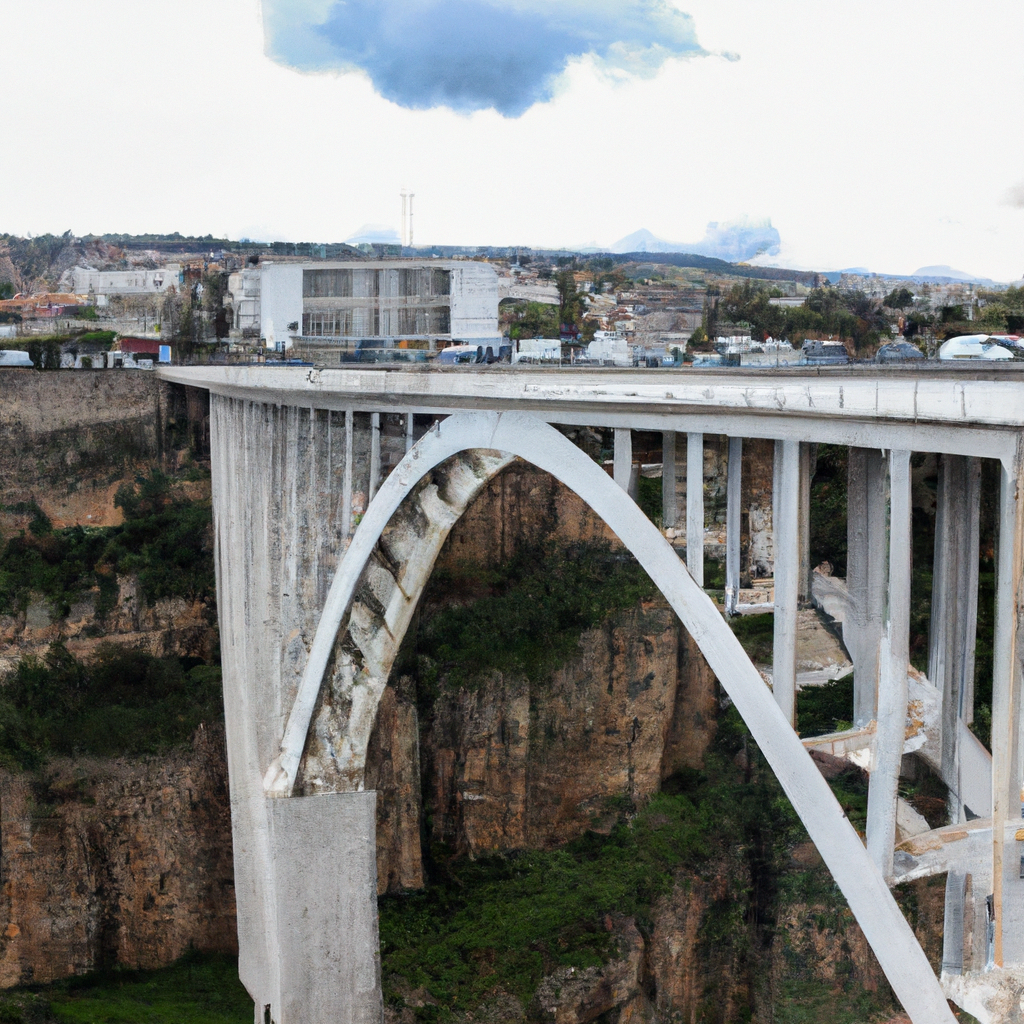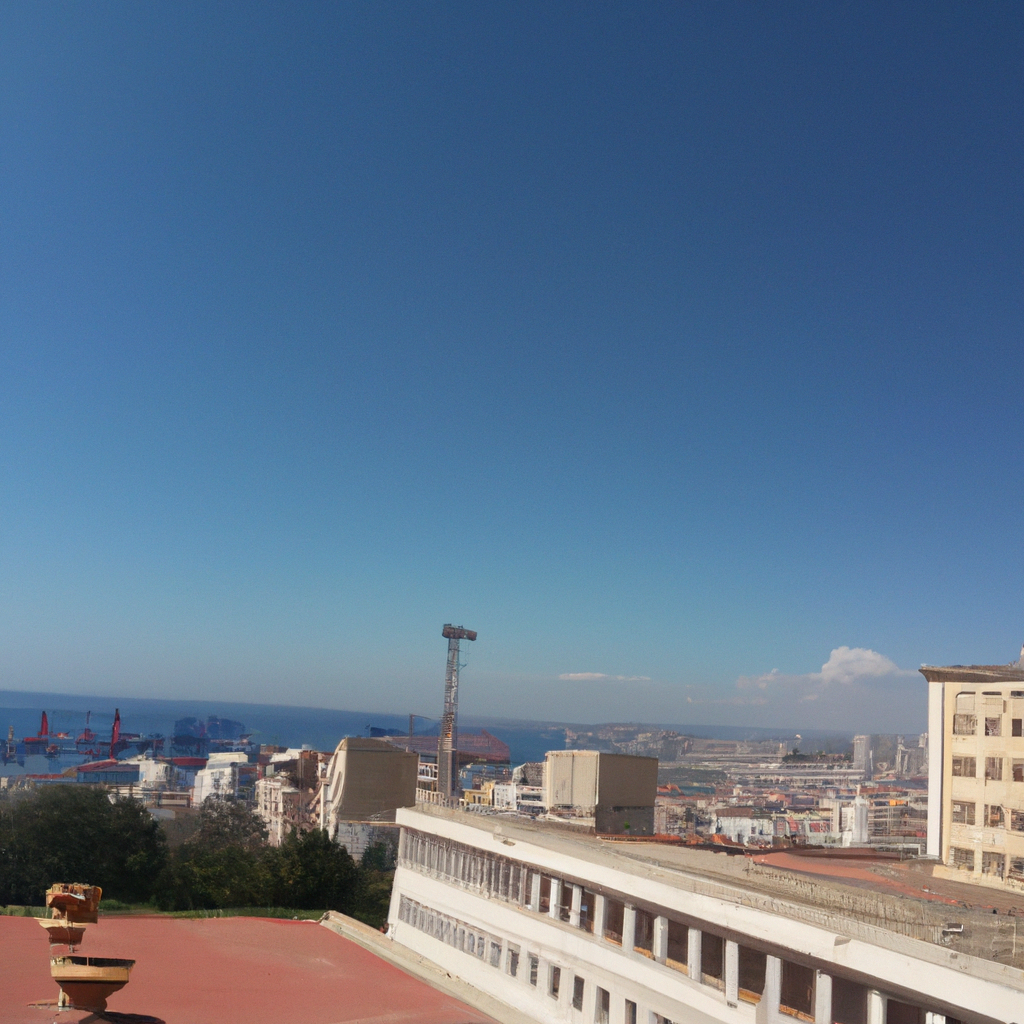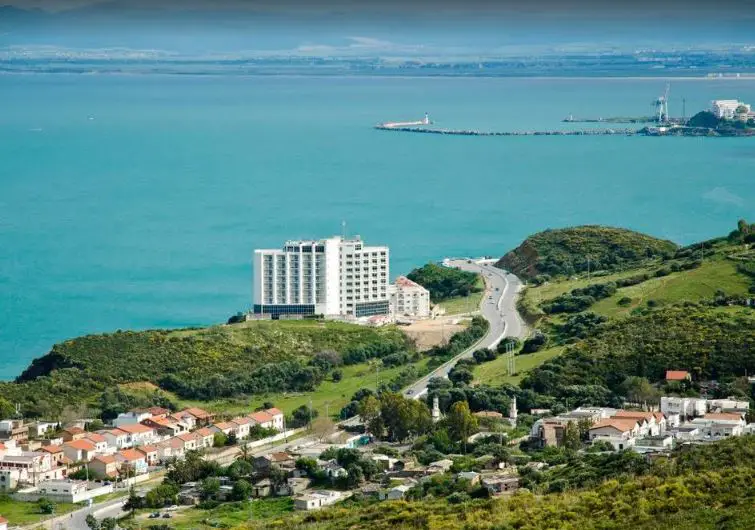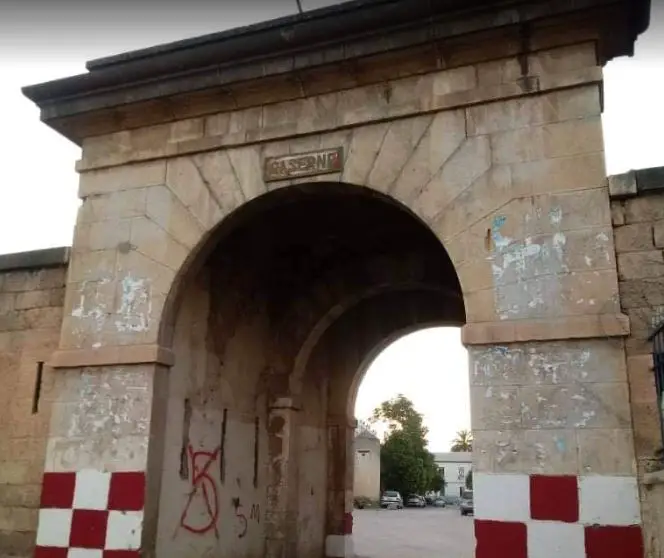M'zab Valley, Ghardaïa In Algeria: Overview,Prominent Features,History,Interesting facts
Overview:
M'zab Valley, Ghardaïa in Algeria is a unique region with some of the oldest and most well-preserved urban artifacts in the world, dating back to the 10th century. It is a Unesco World Heritage Site and spans about 200 kilometers along the Wadi Mzab, a seasonal river that runs along the Plain of Ghardaïa in central Algeria. The region is home to an array of fortified villages, mosques, and palaces, built with traditional materials such as mud bricks, palm trunks, and gypsum. The main archaeological sites in the M'zab Valley include the fortress towns of Beni Isguen, M'zab, Bou Noura, Bou Sfer, Ghardaïa, and Melika. These towns are unique in that they were built in a circular or linear pattern to form a unified urban design. The aim of this design was to create defensive walls that would protect the inhabitants from potential invaders. In addition to its impressive archaeological past, the M'zab Valley is home to a unique culture and way of life that is still observed to this day. The M'zab people are renowned for their strong community ties and adherence to traditional culture, including distinctive dress and language. The region also has steeped religious traditions, due to its history as a prominent Islamic religious center and the site of numerous mosques. Tourism to the M'zab Valley continues to grow, with people coming from all over the world to experience its unique history and culture. It is one of the most beautiful monuments in Algeria
Prominent Features:
The M'zab Valley is located in the Ghardaïa region of Algeria and is known for its unique architecture. It is made up of five fortified cities, called ksour. These cities have large mosques, markets, and towers, and are surrounded by fortified walls. The houses in M'zab are built out of adobe and mud bricks, preserving the unique culture of the region. The valley is also known for its Muslim culture and beautiful natural setting. They also have hot springs, palmeries, and orchards all around the M’zab Valley. You can learn history, culture, and heritage through these magnificent monuments in Algeria.
History:
The M'zab Valley is a desert oasis on the edge of the Sahara Desert in southern Algeria, near the town of Ghardaïa. It is inhabited by the Mozabite people. The history of the M'zab Valley begins in the 8th century, when a large number of Mozabite people migrated from Morocco and the Middle East into the oasis. In the 11th century, the Mozabites founded five fortified cities along the M'zab riverbed, which still exist today. For centuries, the Mozabites have lived peacefully in the M'zab Valley, living off of the land, trading, and interacting with other nearby cultures. The five cities, called fortifications, are built around religious centers, and still serve as a gathering place for Mozabites. The valley was occupied by the French in the 19th century, but the population quickly rebelled against the foreign rule. In 1958, Algeria gained independence, and the M'zab Valley has been a part of Algeria ever since. Despite uprisings and violence in other parts of the country, the Mozabites in the valley have maintained a peaceful and stable existence. Today, the M'zab Valley remains a hub for religious and cultural celebration among the Mozabites. Tourists can enjoy the unique Mozabite architecture as well as the surrounding natural beauty of the desert. The Valley is also home to a rich collection of design and handicrafts, as well as traditional music and dance. Visit one of the famous monuments of Algeria with your friends and family.
Interesting facts:
1. M’Zab Valley is an oasis located in the Sahara Desert of Algeria, known for its unique architecture and urban planning. 2. The M’zab Valley is composed of five walled citadels (or ksour) constructed between the 11th and 13th centuries. They are named after the first town, Ghardaïa, however the full name of the valley is Valley of the M'zabites. 3. The valley is home to the M'zabite tribe of the Ibadi sect of Islam, a moderate form of Islam that combines elements of both Sunni and Shi’a beliefs. 4. The residence of the M’zab Valley is laid out in a geometric grid design, planted with fruit trees and gardens, and surrounded by protective walls. 5. The valley was designated a UNESCO World Heritage Site in 1982 due to its unique combination of architecture, urban planning, and irrigation systems. 6. The M’zab Valley is fed by a large underground water source, and is a center of traditional dress, music, and cultural activities. 7. Local craftsmen are famous for their metalwork and pottery, and the women are well-known for their colorful handmade clothing. One of the historical monuments of Algeria, it tells the story of a bygone era
Explore Algeria most popular tourist destination with us. M'zab Valley, Ghardaïa In Algeria: Overview,Prominent Features,History,Interesting facts,which is 35.14 km away from Algeria main town, is the most popular destination to add in your travel wishlist.
-
City:
Algeria
-
state:
M'Zab Valley, Ghardaia
-
country:
Algeria
-
country code:
DZ
-
postcode:
47000
Location:
M'Zab Valley, Ghardaia Algeria














